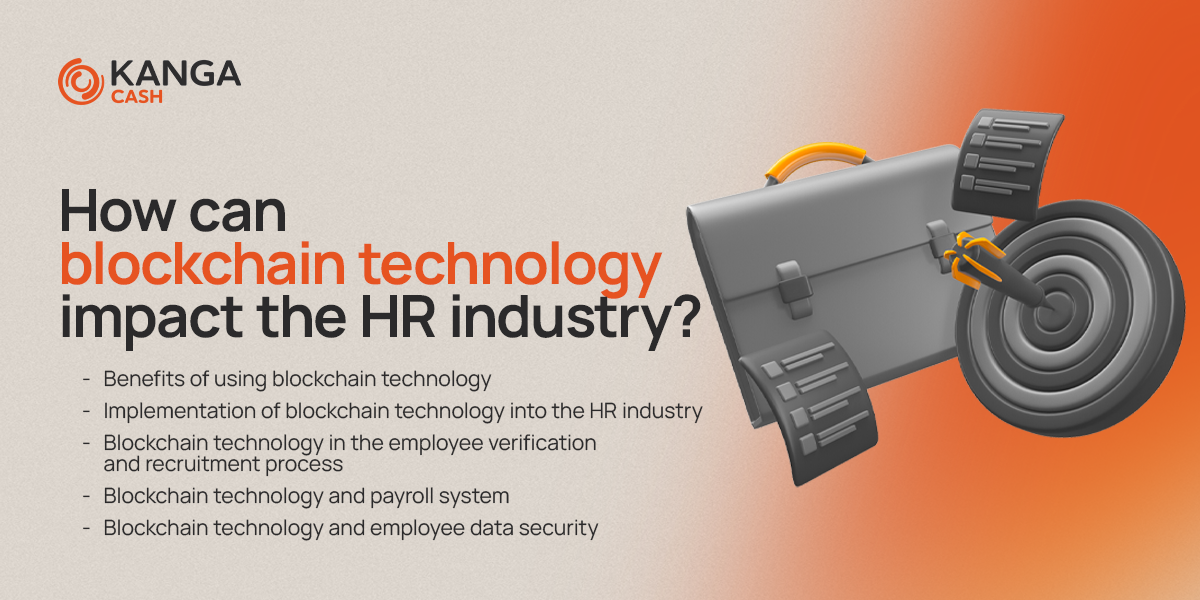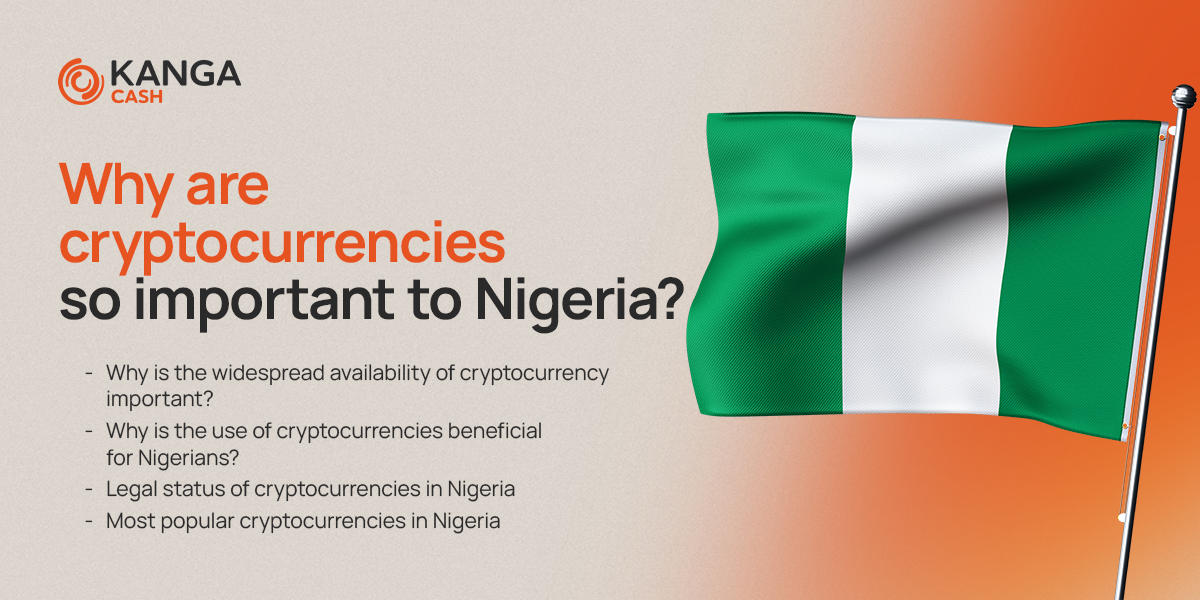Web3 - what is the new generation of the Internet?

The 21st century will be inextricably associated with several technological innovations. After the cryptocurrency phenomenon, NFT or metaverse appeared. All these concepts change the way the Internet works today, which provides users with tools for even greater interaction with each other. At the same time, thanks to its peer-to-peer communication model and its shift to decentralization, it provides greater privacy than ever before. This new iteration of the web is known as Web3, and today we will discuss what it really is and will it really put the Internet in the hands of the creators?
What Internet iterations existed before Web3?
The precursor to the Internet was the ARPANET research network, designed by the US Department of Defense Advanced Research Projects Agency (ARPA) in 1969. Its purpose was to provide communication to command centers in emergency situations, such as the explosion of an atomic bomb. Soon after, university research centers, relying on the solutions used in ARPANET, began working on creating analogous networks, but for civilians.
In 1990, British physicist and programmer Tim Berners-Lee created three integrated technologies that built the “world network” of the fledgling Internet:
– HTML, HyperText Markup Language, allowing for formatting text and images on websites;
– URL, Uniform Resource Locator [“dot” (.com, .net …) in a web address], allows you to search for web pages by name, even when the servers are moving;
– HTTP, HyperText Transfer Protocol, allows you to link from one website to another.
A few years later, the last technology needed to implement the WWW appeared, the “web browser” called Netscape Navigator. This is how the Web 1.0 era began. It was a toolkit for accessing static content on the Internet. You can think of it as a “read-only network”.
Since the beginning of the 21st century, websites have become richer in content and more interactive. Pages adapt to mobile devices, websites are personalized based on a user’s profile, and collaboration between internet users is the main application of today’s Web 2.0.
Basics of Web 3.0 Design
Here are some significant factors influencing Web 3.0 design:
Decentralization
Do you sometimes get the impression that conglomerates like Google and Meta really control everything that happens on the Internet. Security, user content and interactions between them? Web 3.0 focuses on decentralization, thus limiting the power of the largest players on the market, while providing more freedom for Internet users. The same idea is behind cryptocurrencies, where there was a need to further separate money from banking institutions.
Security/Identity/Personal Data
20 years ago, the internet seemed much friendlier and safer. The user did not have to worry about scams, spam, surveillance or ransomware attacks. He also probably didn’t have many registered accounts with separate passwords. We are encouraged to make sure passwords are unique; that’s why we have to contend with password managers; and giant companies (some of the same mentioned above) collect, maintain and sell peculiar vaults of personal data about us. With all of this, we still don’t have a simple and secure way to store all of our medical or financial records.
At the same time, even a full implementation of Web 3.0 should not lower your security budget. There will always be an “arms race” between defenders and attackers that will cost us. What will improve is convenience as tools for securing and storing information in blockchain are gaining in popularity.
Scale/speed
Experts’ predictions vary in terms of the number of connected and used internet devices. Nevertheless, they agree that the number is huge and that the pace of growth is accelerating.
More interestingly, the number of machines connected to the Internet (Internet of Things – IoT) already exceeds the number of people on Earth. Web 3.0 is designed for mass scaling. For example, the original Web 1 / Web 2 addressing scheme (called IPV4) supports 4.2 billion unique addresses (which have been stretched over the years through clever engineering).
Every device connected to the Internet sends and receives data – and in the case of IoT devices there are more and more of these. Modern fiber optic technology provides almost unlimited capacity in the world’s network backbones. The 5G network (which comes in many varieties) and satellite Internet providers such as Starlink provide ever-increasing bandwidth (and lower latency) wherever we can travel with our devices. Web 3.0 lives in a world of always connected sensors and actuators, which 20 years ago, when Web 2.0 appeared, was just a fantasy.
What can you expect from Web 3.0 in the future?
Web 3.0 is not a tangible thing to be delivered as a product in the literal sense. Closer to a service originally delivered as a series of mismatched parts that will start to evolve for the better. In the acceleration economy, it’s important to consider the possible future and plan what might happen – otherwise a player in a new market will appear out of nowhere and steal potentially the best customers. Think about how you would find yourself in Web 3.0 today, so that you are ready to use its potential!


